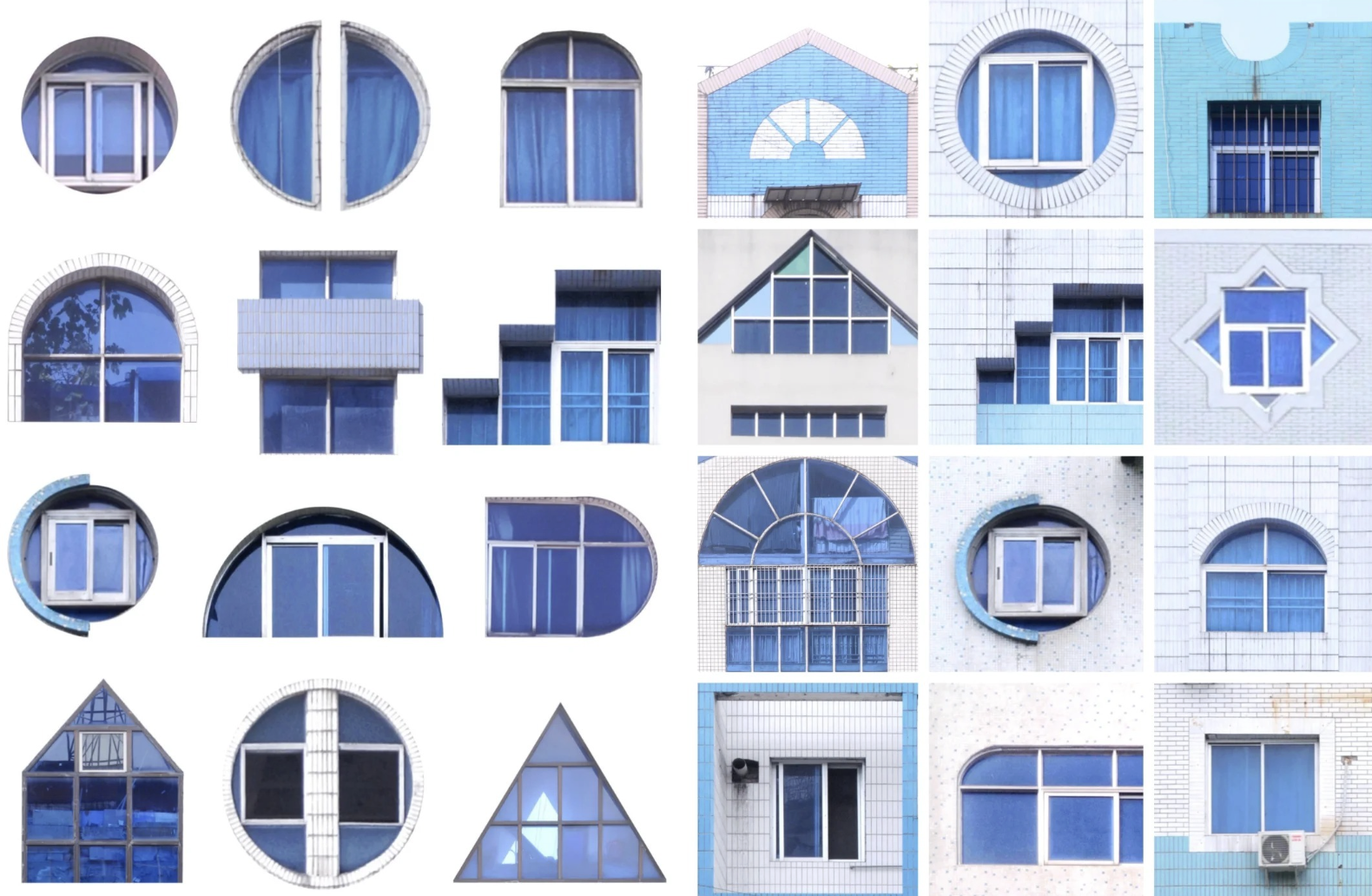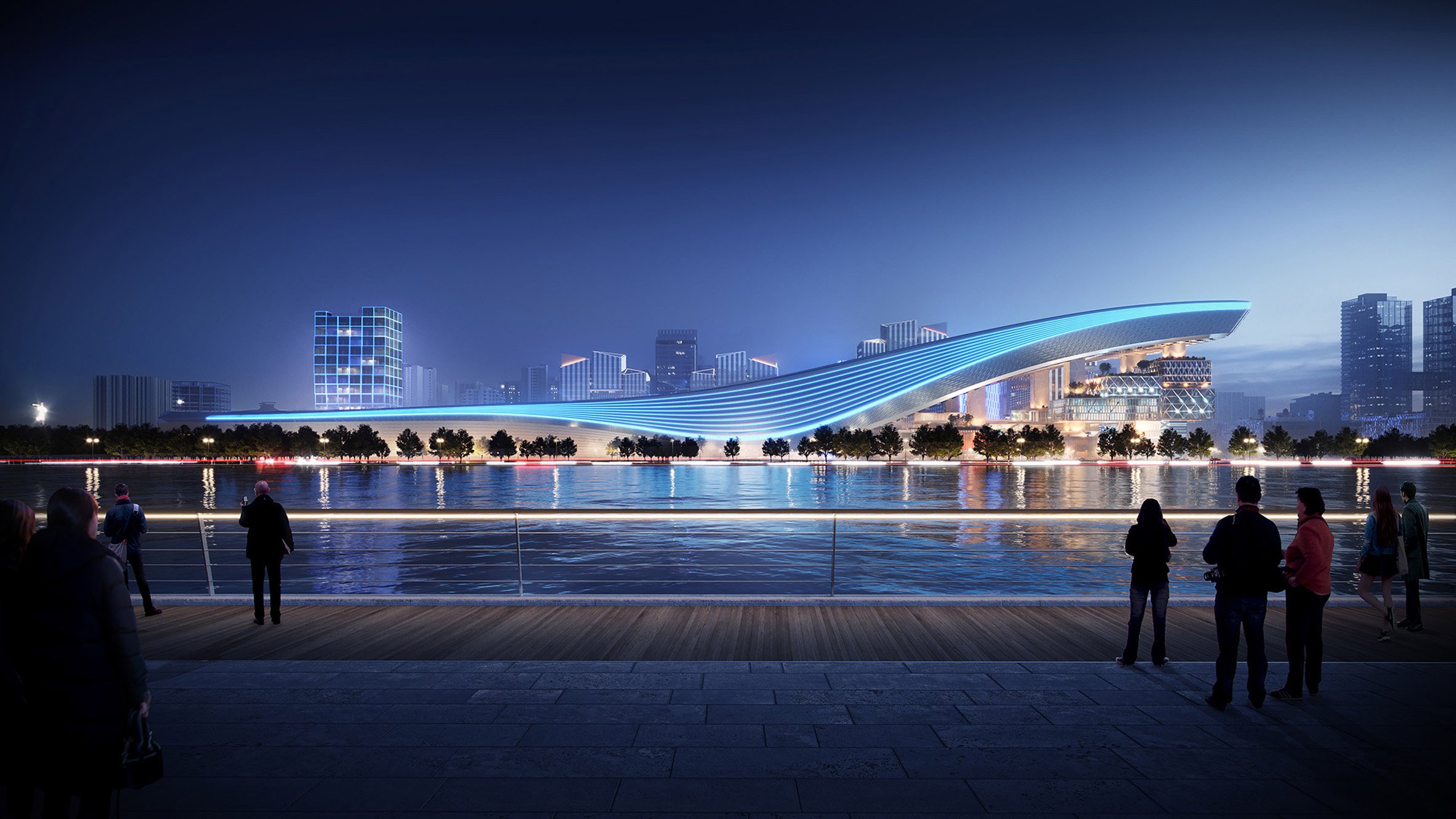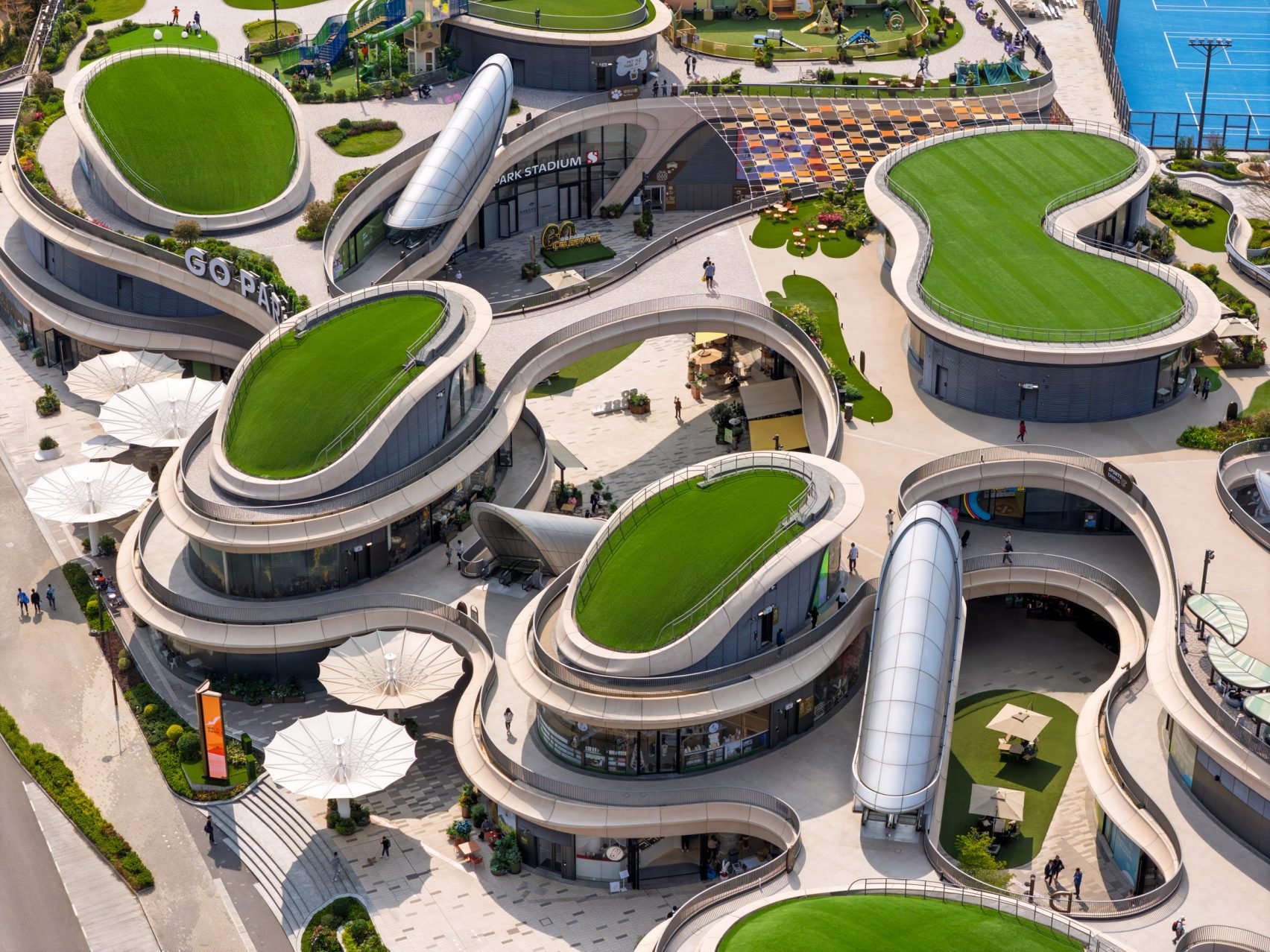Building China is a monthly series on RADII in which Lauren Teixeira examines China’s built environment, placing some of the features of Chinese architecture into their socio-political context.
This winter in Chengdu I’ve developed a morning routine: as soon as I wake up, I swaddle myself in my blanket and pigeon-toe to my office (read: my sun-porch that I’ve blocked off from the rest of my apartment with padded curtains) to turn on my electric oil-based radiator. Then I immediately hop back in bed and sleep for another half an hour. By the time I wake up again, my office is warm enough to comfortably eat breakfast in, that is, if I’m ensconced in two sweatshirts and a blanket.

Picture of the author’s oil-based electric radiator (youting qunuanji)
For anyone who has ever lived in Shanghai, Nanjing, Hangzhou or the like, this scene will sound all-too-familiar to you. Although as new developments are built the rule is changing, its generally well-known in China that there is no central heating to be found in the country south of the Yangtze River. Indeed, my burrito-like winter existence reflects a reality faced by hundreds of millions of Chinese people.

A cartoon showing a worker in the north staying warm when it’s minus 20 outside, while someone in the south experiences the same temperatures inside as out
Limited resources and too many people: the story of new China, in a way. It was the rationale behind the infamous one-child policy, introduced in 1979 to curb pressure on essential resources like water. The resource squeeze is also a key reason for the continued enforcement of the hukou system, which to this day maintains tiered citizenship, denying decent healthcare and education to hundreds of millions of migrant workers.
One of the more mundane inhumanities resulting from this paradigm, and one I never thought too much about before I moved to Chengdu, is the allocation of central heating. The question of who gets heat and who doesn’t was decided in the early Mao years in the same blunt and arbitrary manner so many things get decided in the People’s Republic — as the story goes, the Party realized it didn’t have the capacity to install heat in all housing, so Zhou Enlai suggested they confine central heat to the area above the Qinling mountains and Huai river, or what became known as the “Qin-Huai” line.

Heat map: The blue area denotes the section of the country with no central heat. Note: It actually goes a little above the Qin-Huai line, encompassing, unfortunately, all of Sichuan (source: infzm.com)
The Qin-Huai rule persists to this day; even after the rise of commodity housing, developers building south of the line were not compelled to install a heating system. And so come winter, hundreds of millions of people below the line shiver in their homes. You can install a space heating unit (空调 kongtiao), sure, but it only works so well to warm up a room and it eats up vast quantities of electricity in the process. This December, I paid more for heat than I did the entire year I lived in Beijing, where apartment buildings get heavily subsidized central heat.
Most of my neighbors, especially my older neighbors, don’t have a kongtiao at all. They lived through the Mao era and the 1980s and ’90s, when no one had heat or air conditioning, and they don’t see why they should waste money on a kongtiao when they can just wear an extra coat.
Heating Before Liberation
Unlike western countries, where fumbling attempts at central heat began in the mid-19th century, there was no central heat in China until the 1950s. How did people stay warm before then? The short answer is that, like elsewhere in the world, Chinese people had over thousands of years learned to adapt their dwellings and lifestyle to local conditions.
In the northeast, for example, peasants typically had a 炕 kang – a heated brick platform used for sleeping, cooking and sitting. Sometimes the kang would cover the entire floor of the room (in which case it was called 地炕 di kang).

A brick kang in use in China (photo: KK News)
But outside of the northeast, most Chinese homes did not have a kang. When it came to heating a room, Chinese builders relied on sunlight alone: one of the traits shared with remarkable consistency by Chinese houses from Heilongjiang (in China’s far northeast) to Yunnan (in its southwest) is the positioning of south-facing doors and windows. This allowed the houses to take advantage of maximum sunlight. The depth of the structure could also be adjusted to keep the sun from shining too fiercely into the homes (see below).

How the depth of structures can influence how much sunlight they receive (source: Ronald G Knapp)
Even today, when browsing real estate apps, it is common to see a house’s window-facing direction listed prominently among the details, with south the most preferred direction (east-facing windows are also popular as they’re considered good feng shui.)
But the fact remains that for the most part Chinese people have, unlike Westerners, never felt the need to develop a way of heating the air around them (convection heating). If they developed heating systems at all, they developed radiant heating (kang). Most importantly, though, they have decided to deal with the cold simply by wearing a lot of layers. Come winter, it is common to see people walking around (or sitting in their homes) swaddled in layer upon layer of padded cotton jacket (棉袄 mian’ao) and long underwear (秋裤 qiuku), particularly small children and old people.

A child keeping warm in 羽绒服 yurongfu (down coat) in Shanghai

A family bundled up in mian’ao and qiuku (photo: THTV)
Accustomed as we are to heated rooms, this method of staying warm can be hard for us Westerners to wrap our brains around. It has perplexed foreign visitors to China for at least several hundred years. Consider the musings of Robert Fortune, a 19th century English writer who shared his thoughts on the matter in the 1847 travelogue Three Years of Wandering in Northern China. In recollection of his time in Ningbo, Zhejiang, he recounts the following:
When the weather was cold, I used always to wear a stout warm great coat above my other dress, and yet the Chinese were continually feeling the thickness of clothes, and telling me that surely I must feel cold. Their mode of keeping themselves comfortable in the winter, differs entirely from ours: they rarely or never think of using fires in their rooms for this purpose, but as the cold increases, they just put on another jacket or two, until they feel that the warmth of their bodies is not carried off faster than it is generated. As the raw damp cold of the morning gives way to the genial rays of noon, the upper coats are one by one thrown off, until evening, when they are again put on.
Staying Warm in the Era of Climate Change
Although the layering solution is undoubtedly an infinitely more eco-friendly method of staying warm, it seems likely that as China grows richer and younger people grow accustomed to a more comfortable lifestyle, this sustainable practice will die out. It has already created something of a “comfort generation gap” between young people and their parents. I have a friend in Chengdu, for example, who lives with his aunt and grandparents whenever he’s in the city. But come winter he decamps to an Airbnb; his family’s unheated apartment is simply too cold. Young people are just not as willing as the older generation to brave the cold by bundling up.
A 2014 Los Angeles Times article about China’s heating divide quotes Tan Huiyuan, a young woman from Hunan working in Beijing who says she dreads visits back to her hometown:
“People in my hometown always say it’s colder in your home than outside in winter,” recalled Tan, 31, who now lives in Beijing. “When I came home, I had to change into warmer clothes. After taking off my winter jacket, I had to put on very thick and padded pajamas. My Nike sneakers were not warm enough to be used at home, I always had to change into boots with furs inside, like those Ugg boots.”
Unable to accept this state of affairs, Tan has started to avoid going home:
“I only spend Chinese New Year with my parents once every two years and stay with them for only two to three days each time,” she said. “Because it’s really impossible for me to stand how cold it is indoors there.”
In rich southern cities like Shanghai, Hangzhou and Chengdu, a mini-industry of heating system installation has sprung up, catering to comfort-seeking affluent people for whom the dryness and general ineffectiveness of kongtiao doesn’t cut it. One of the favored solutions is floor heating (地暖 dinuan), in which a hydronic or electric system of heating pipes is installed under the floorboards. Another common solution is installing a radiator (暖气片 nuanqi pian) which functions pretty much the same as the central heating provided in the north (although of course the economy of scale is lost when it’s installed on an apartment by apartment basis), Browsing online, I’ve noticed that some newly built upscale housing complexes in Chengdu advertise that the apartments come with dinuan.

A new development in Chengdu prominently advertising its underfloor heating (photo: WeChat)
Even with this rising tide of affluence and desire for comfort, it seems unlikely China will decide to install city-wide central heating in the south anytime soon. The issue gets trotted out in the State press every winter, but nothing ever comes with it.
Yet the growth in demand for heating systems means that the traditional excuse for maintaining the Qin-Huai line — that building new heating infrastructure in the south would be too environmentally harmful — now holds less weight. In fact, some experts have pointed out that this piecemeal heating network now probably uses up more energy than a city-wide central heating infrastructure would.
And so, in addition to the north/south heating divide, I predict we will start to see another heating divide, this time along class lines — the rich will stay warm with the help of dinuan and nuanqipian, while the less well-off will have to be content to just throw on some more layers.















